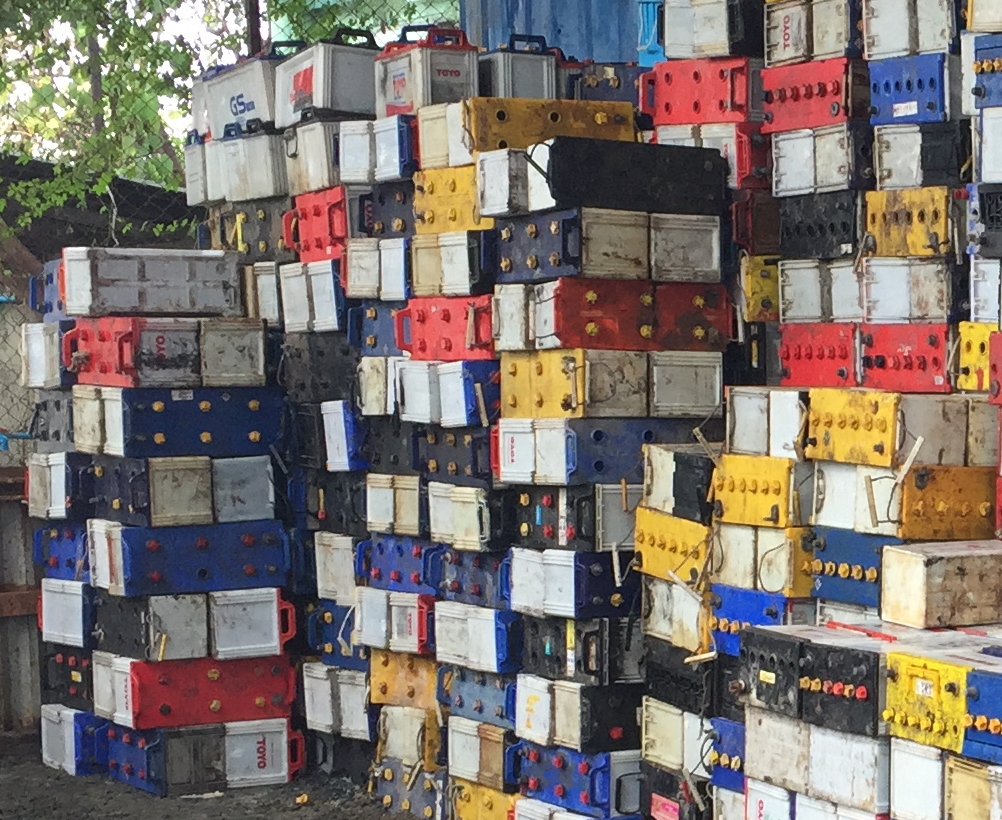Resource extraction is always associated with interventions in the natural environment and has major environmental impacts in many mining regions. Depending on the type of mining, it leads to large-scale reshaping of the natural environment, loss of ecosystems, changes in the water balance and pollution of soil, air, groundwater and surface waters. This applies particularly to the extraction of abiotic primary raw materials such as ores, coal, industrial minerals, natural stones, gravel and sand. At the same time, due to growing demand for raw materials, mining is making increasing inroads into undeveloped, environmentally sensitive areas.
The Oeko-Institut assesses the environmental hazard potential of raw materials and mining projects. It undertakes initial project assessments and provides guidance on raw materials-related prioritisation from an environmental perspective. The experts produce information on mining-specific environmental problems and develop potential countermeasures. In doing so, they close methodological and data-related gaps, particularly in resource extraction and processing – the steps in the production chain that impact most directly upon nature.
![[Translate to English:] © plainpicture / Melanka Helms](/fileadmin/_processed_/b/4/csm_Ressourcenwende-RohstoffeBergbau_plainpicture-MelankaHelms_657b246ec8.jpg)










